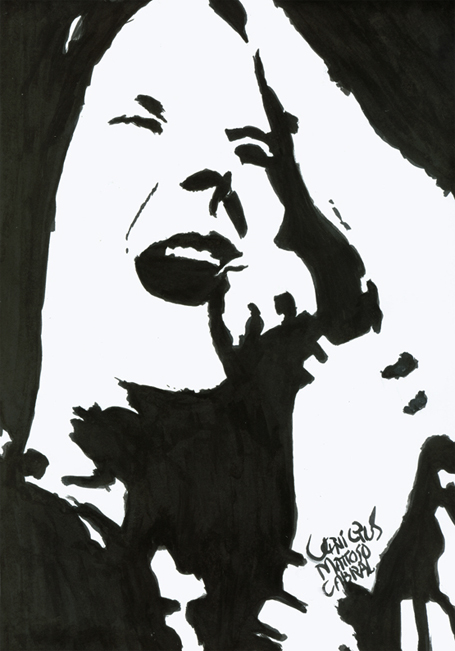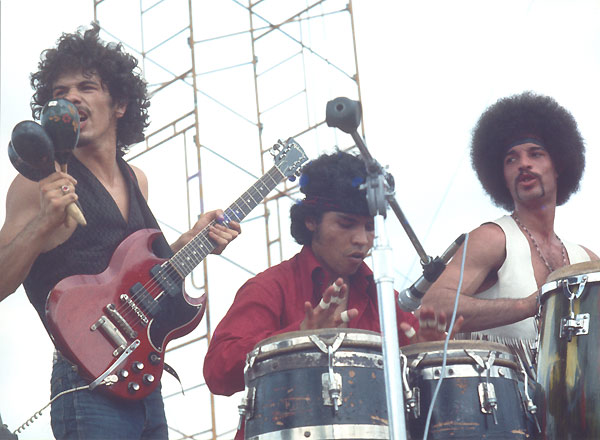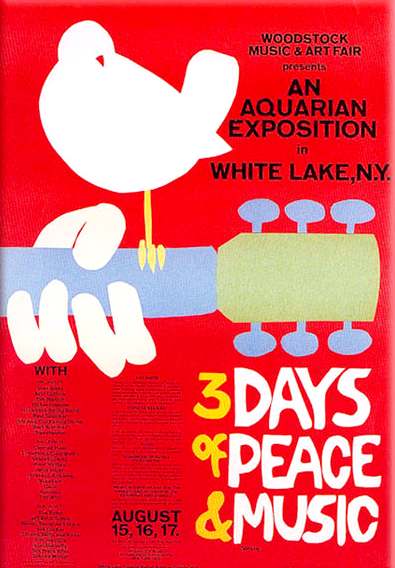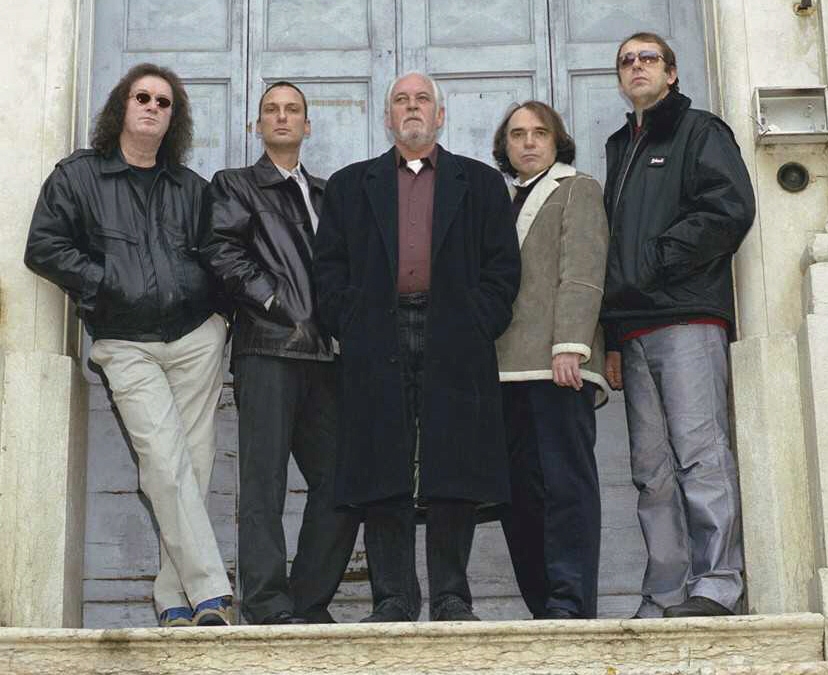Music Review: Wilco - Wilco (the album)

When I first learned very early on this year that Bruce Springsteen, U2, and Bob Dylan among others would be putting out new albums, I was so excited that I jumped the gun a bit and began making early plans for my "best albums of 2009" list. When Springsteen and U2 didn't quite deliver the records I'd hoped for -- and even Dylan's album, though quite good, wasn't exactly Modern Times great -- my optimism however soon turned to worry.
With their new album, Wilco are making me breathe quite a bit easier.
That said, I have to admit to being a bit of a Johnny-Come-Lately to the Wilco party. My first real exposure to Wilco was the band's 2002 Yankee Hotel Foxtrot album and tour, both of which initially confounded me more than anything else.
I've since come around. But my initial impression was that yes, Jeff Tweedy wrote some interesting songs, and that the guys could definitely play. But something was still missing. On the followup album A Ghost Is Born, I thought they were getting closer though. I played the living crap out of that record's Kraftwerk meets Crazy Horse opus "Spiders (Kidsmoke)" for one thing.
For me though, all the pieces really began to fit with 2007's Sky Blue Sky, and especially the live Wilco show I saw that same year. The missing part of the puzzle, as it turned out, came in the form of one Nels Cline. A two-ton monster of a guitarist if there ever was one, Cline also happened to fit this band like a glove.

As much as Cline's unrestrained bursts of feedback laden guitar might seem to be a rather odd compliment to the often sweet, understated songwriting of Tweedy -- the fact is that it really works.
Look no further for evidence of that than on Wilco's fabulous Ashes Of American Flags concert documentary. On that DVD, Cline shreds the living crap out of his instrument on songs like "Impossible Germany," "Handshake Drugs," and "Via Chicago." But it is always in compliment towards, rather than a distraction from, Jeff Tweedy's songs.
So on the surface, Wilco (the album) feels like this band's grab for the big, brass ring. It is neither the quieter, return to basic songcraft that (Cline's incendiary playing on that album aside) Sky Blue Sky felt like, nor the more ambitious experimental sounding record that was Yankee Hotel Foxtrot. Rather, it is both. Wilco (the album) in fact, kind of falls into the category of all of the above for this band.
First and foremost, the songs are great.
"Wilco (the song)" kicks things off with a tongue-in-cheek sort of vibe that reminds you immediately that as good as these guys may know they really are, they are not so good as to actually take themselves too seriously. Here, they go so far as to remind the listener that "this is a fact you need to know/Wilco will love you baby."

The track most early previews on this album have raved about though is "Bull Black Nova," and for good reason. Musically, "Nova" is kind of like the kid brother to the band's earlier "Spiders (Kidsmoke)." It mines the same path of Kraftwerk-ian metronomic synths, mixed with blasting, chaotic guitar courtesy of Cline.
Meanwhile the lyrics are something else, as they seem to describe transporting a dead body in a "Bull Black Chevy Nova." The effect is an unnerving one as Tweedy describes the "blood in the sink, blood in the trunk" and, with voice rising all the while in intensity, how "I'm sorry as the setting sun."
As great as "Bull Black Nova" is, the standout track on Wilco (the album) is "You Never Know." This is the sort of song that would be the biggest hit single of the summer, if only Top 40 radio still had room on their playlists for great power pop songs in the seventies rock mold of the Raspberries or Badfinger.
"You Never Know" has everything a great pop song should have. Tweedy's vocal starts out like something straight out of "Bang A Gong" era Marc Bolan, and winds up with gorgeous harmonies straight out of Traveling Wilburys territory in the chorus. Speaking of the Wilburys, Nels Cline pays rather obvious homage to George Harrison here with just about the shortest, sweetest to the point guitar break this side of "My Sweet Lord."
"You Never Know" also has a hook that wont quit. The lyrics put a nice, sunny spin on our current economic woes ("Every generation thinks its the worst/ thinks its the end of the world/ It's a dream down a well/ it's a long heavy hell/ I don't care anymore"). If there were any justice in this world, this song would be huge.
On "Country Disappeared," Tweedy turns a sweet folkish ballad into a prayer for the country. "Wake up, we're here/ It's so much worse than we feared/ there's nothing left here," Tweedy sings. "I won't take no/ I won't let you go/ All by yourself/ I know you need my help."
As if to underscore the point, Tweedy proclaims "I'll fight, I'll fight, I'll fight for you I will," on the obviously titled "I'll Fight." "I'll die alone/ on some forgotten hill/ abandoned by the mill."

Aside from just how great the band sounds here, Jeff Tweedy's growth as a songwriter is one of the greatest joys of listening to Wilco (the album). The songs are not are just topical. Tweedy's storytelling skills are also razor sharp on songs like "Bull Black Nova" and "Sonny Feeling," whose main characters problems include the fact that "she knows nothing of Eminem's suburban gangster flow." Great stuff all around here.
I love this record. For best album of the year, this is also the one to beat.












































